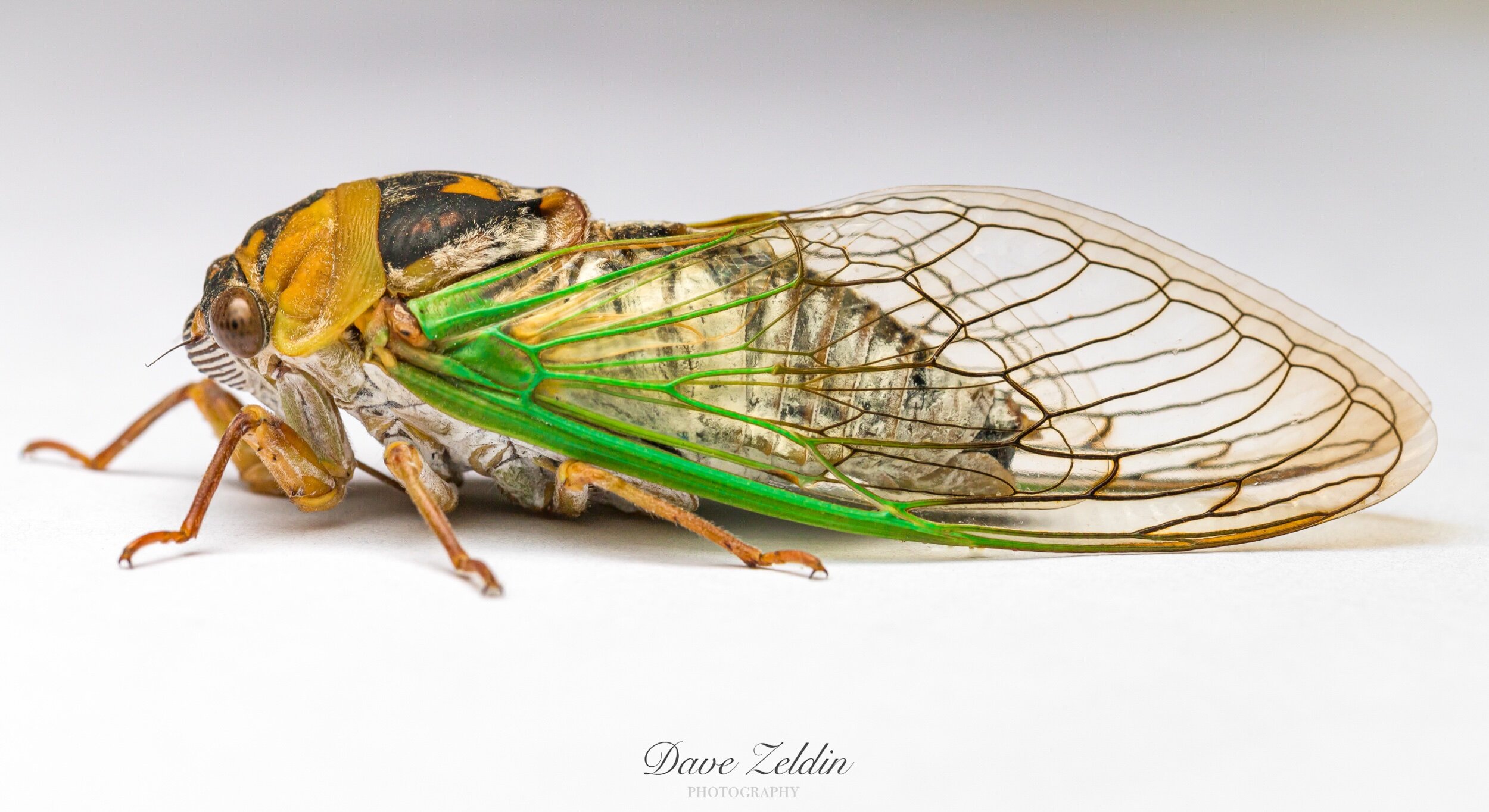The Arizona Black Rattlesnake is a species of rattlesnake that, to the untrained eye, can sometimes be hard to identify based on color alone, due to the ability to physiologically change colors. Keep reading to learn more!
Adult Male Arizona Black Rattlesnake (Crotalus Cerberus)
Juvenile Arizona Black Rattlesnake (Crotalus Cerberus)
The Arizona Black Rattlesnakes is born with brown blotches and facial markings with a light grey background, with the background color gradually darkening as they age. As they darken, their pattern becomes less noticeable. This is what biologists refer to ontogenetic color change. This snake is also known to have the ability to change colors on demand, lightening from a dark black to a light grey. This is referred to as physiological color change.
There is still a lot of research to be done on this species to allow us to understand precisely how or why this snake can do this, but biologists do have some reasonable ideas as to why they may change color on demand.
Early studies done by Klauber in 1949 indicate that specimen with a body temperature of 30 °C or higher were lighter, and specimen with a body temp of 24 °c or less were darker in color. There is also some indication that physiological color change may also be a response to stress or injury.
I have personally experienced this during the relocation process. I have picked up a dark black specimen, and by the time I get the snake to where I am going to release it, it's light grey.
Last year, I received a text with a photo of a large adult male Arizona Black Rattlesnake, light grey in color, coiled up in a resting position on somebody's front porch. They were asking if I could come to pick up the snake to relocate it. I asked them to check on the snake frequently until I could get there, which would be about thirty minutes. About twenty-five minutes later, I received an update from the homeowner with another photo of the snake in the same position. What was interesting about this second photo was the snake was now a very light grey color. The homeowner was very confused about this, of course. They thought that between the time they went inside for about twenty minutes and came back out to check that the snake was still there, the original snake had left and another took its place. They were extremely relieved when I told them that its the same snake, and that it had changed colors. I find this to be extremely fascinating!
This snake can be found in many mountain ranges in Arizona between the Colorado River and Rincon Mountains. It inhabits Semidesert Grassland, Interior Chaparral, Great Basin Conifer Woodland, Madrean Evergreen Woodland, and Petran Montane Conifer Forest.
Although these snakes are known for being mostly diurnal (active during the day), when the conditions are perfect, they are known to become active throughout the night as well. I personally have seen just as many as night as I have during the day.
Like most Rattlesnakes, this snake feeds on lizards, birds, and mammals, including mice, squirrels, and rats.
The majority (not all) of my encounters with this species have been very pleasant. They do seem to fairly mellow when captured. But do not let that fool you, because they are capable of delivering a substantial amount of potent venom.
When encountered, rattlesnakes should always be left alone. Call a professional to have the snake relocated. If you live in Prescott, Prescott Valley, Chino Valley, Dewey, Phoenix or Tuscon, you can contact Rattlesnake Solutions for relocation.
Prescott: 928-325-7371
Phoenix: 480-237-9975
Tucson: 520-308-6211






